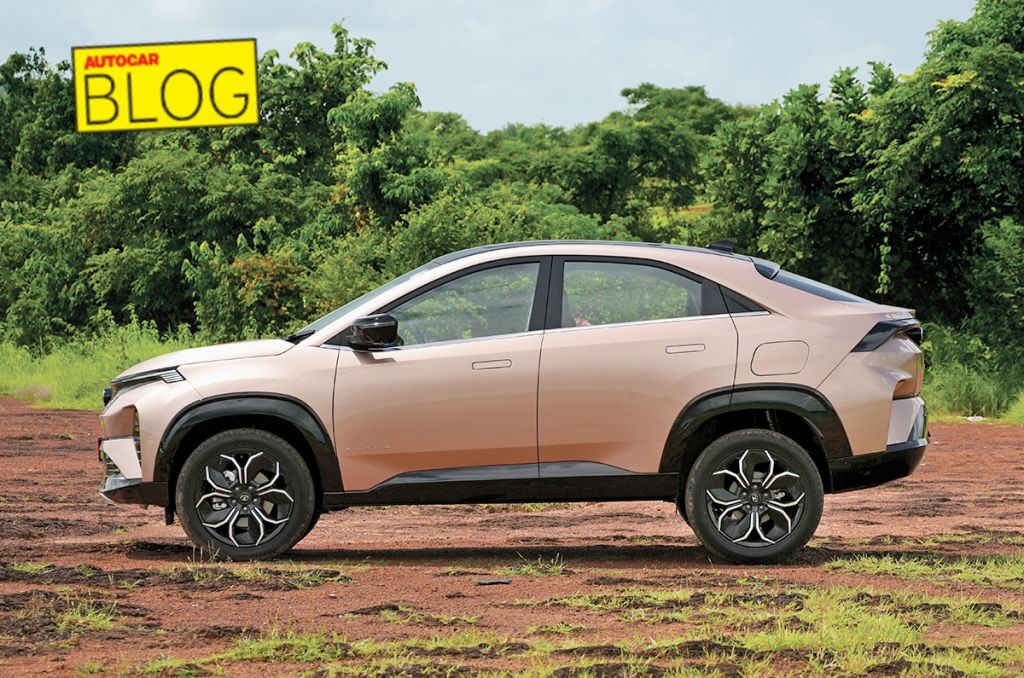
In the four months since its launch in August last year, the Curvv has sold just over 18,000 units. Held against the segment champ, the Hyundai Creta, that number seems small. The Korean SUV clocked sales of around 65,000 units in that same period.
However, the Curvv’s sales performance puts it near the 25,000 mark of the Kia Seltos and places it ahead of the Skoda Kushaq, Volkswagen Taigun and Honda Elevate, each of which clocked around 7,000 units in the same period. Furthermore, of the 12 midsize SUVs available now, the Curvv ranks fifth.
What has really piqued my interest, though, is the fact that unlike every other model barring one, the Tata Motors contender is a coupé-SUV – a body style seen more as a niche or subset of a typicalSUV. To be mixing it up with traditional SUVs is notable. The other coupé-SUV, the Citroën Basalt, of course, has not done well at all, selling a mere 1,000 units, but it’s hamstrung by the lack of strength in the Citroën brand and a terrible paucity of dealers. Look at its performance against its sibling, the Aircross, which did not even cross 400 units, and it looks like coupé-SUVs are indeed catching buyers’ eyes.
In the Curvv’s case, there are other factors at play. It’s still early days, and we know that most products do well in the initial few months of their launch. The Curvvalso offers petrol, diesel and electric powertrains. In contrast, the Kushaq, Taigun and Elevate are all only petrol-powered. While these factors are certainly fuelling the Curvv’s sales, the acceptance of its body type is encouraging and, perhaps, an early sign of a market willing to look beyond the typical upright SUV.
Tata Motors will surely be thinking so. At a tour of the company’s design facility in the UK, I remember VivekSrivatsa, the chief commercial officer of Tata Passenger Electric Mobility, telling me that he fully believed the Curvv would not remain a niche product and that the company was aiming “to be in the meat of the segment”.
At the launch in India, Shailesh Chandra, managing director of Tata Motors Passenger Vehicles business and Tata Passenger Electric Mobility, said they chose to do a coupé-SUV because the body style was becoming very popular in the premium and luxury car segment, and they wanted to “democratise something which is in the premium SUV segment”. Time will tell for sure, but going by these early numbers, it looks like Tata Motors has done just that, and the midsize SUV space could very well see a curve ball incoming.
Also See:
Opinion: Luxury vans are finally gaining traction in India
Opinion: How Mahindra and Tata fought off global competition